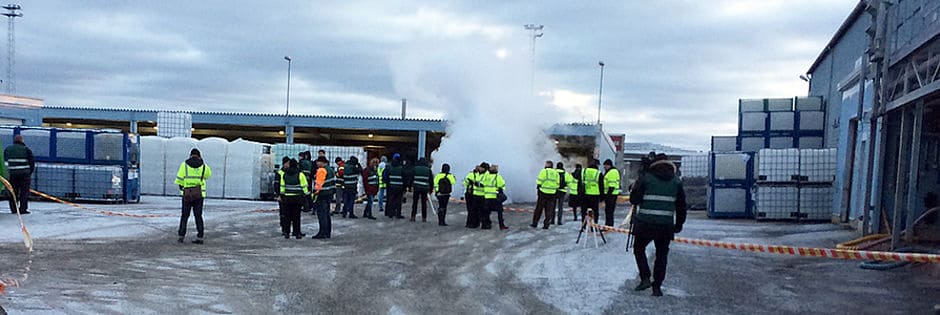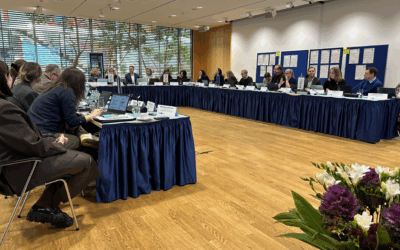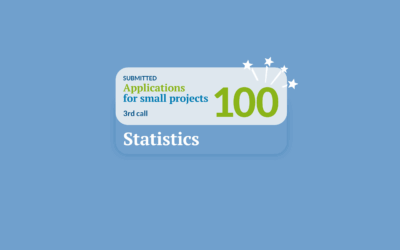1,000 kg of ammonia was accidentally released into the atmosphere. The incident took place at the warehouse in the Port of Turku and caused a real threat to the workers and people waiting for the ferry at the nearby Tallink Silja passenger terminal. A coordinated rescue action of services and authorities was launched to help tens of people seriously injured. Fortunately, it was just an exercise held under the auspices of the HAZARD project, one of Interreg Baltic Sea Region projects that aims to better handle emergency situations.
The exercise, which simulated an accident involving a hazardous chemical leakage, took place on 7th December 2016 in Turku, Finland. Its aim was to train and test cooperation among various services and authorities in the event of an emergency. The exercise involved the city of Turku, the port of Turku, Southwestern Finland Police Department, Emergency Response Centre Turku, Tallink Silja, Hospital District of Southwest Finland, Finnish Defence Forces, Regional State Administrative Agencies, Algol Ltd, and ISS Security.
Several observers from Germany, Lithuania and Estonia also participated in the exercise in order to learn about Finish emergency procedures, exchange best practices and possibly improve their own emergency procedures. Additionally, joining the exercise as observers were students of Supply Chain Management and Humanitarian Logistics and Supply Chain Research Institute students from the Turku School of Economics and the Hanken School of Economics.
The HAZARD project is co-financed by Interreg Baltic Sea Region and it aims to mitigate the effects of emergencies in major seaports in the Baltic Sea Region. The types of safety and security emergency include leakages of hazardous materials, fires on passenger ships at port, oil spills in port areas as well as explosions of gases or chemicals.
The most efficient way to achieve the project’s aim is through practical training. Consequently, live exercises with partners from countries around the Baltic Sea will be organised by the HAZARD project until the project ends in February 2019. The key aims will be to improve cooperation and communication among authorities, emergency services and logistics operators, and to harmonise standards and regulations as well as to validate and improve procedures.
Related files
» HAZARD project summary
» HAZARD project exercise in Turku







